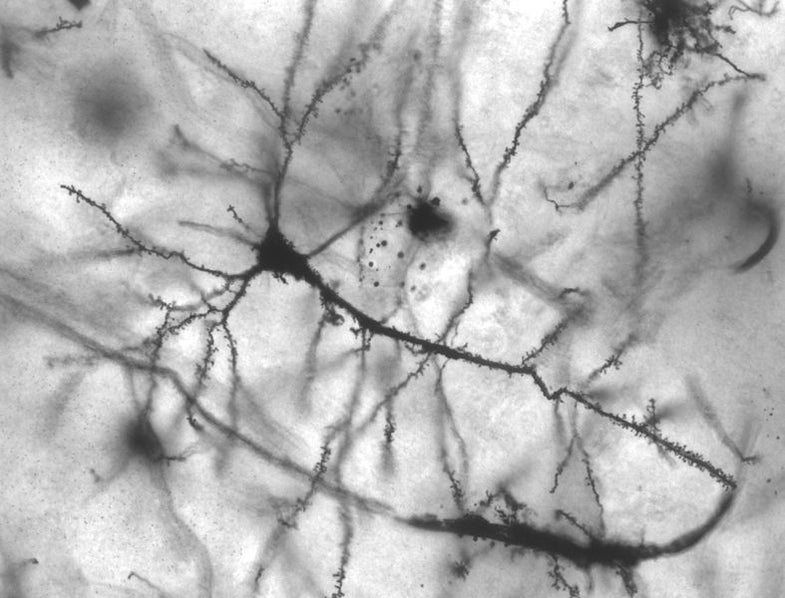The First Real Brain-Like Computer Could be Made of the Same Material That Makes DVDs
Scientists in the UK and in California may have found a holy grail of brain-like computing–a material that can both...

Scientists in the UK and in California may have found a holy grail of brain-like computing–a material that can both simulate the behavior of neurons and run on very low power–in an abundant and familiar medium. The very same phase-changing material that allows us to record on DVDs could be used to build a low-power brain-like processor capable of learning and adapting without the need for extensive pre-programming.
The material is GST–so named for the materials it contains (germanium, antimony, and tellurium–and it possesses just the kind of phase-changing properties that researchers are looking for. Phase-change alloys like GST can exist in various phases, ranging from crystalline, ordered structures to chaotic, amorphous structures. Their states depends on various external factors, like heat or charge.
In DVDs, GST allows discs to be embedded with binary ones and zeros that can later be read by a laser. That’s fine for film screening purposes, but GST can actually exist in various degrees of phase change between completely crystalline and completely amorphous, and thus it can store information across a wider range of values–just like a neuron, which fires only when a build-up of incoming signals reaches a certain threshold.
The GST neurons/synapses developed by the University of Exeter and Stanford team also can adjust the strength of the synapses between them–a key characteristic of inter-neuron communication–because of its inherent ability to modify its electrical resistance. This allows the GST neurons to adjust the strength of the connections between them to signify the importance of incoming signals and prioritize signals flowing through a neural network.
All said, those two qualities–the ability to store information across a range of phase states, and a low-power, adjustable-strength synapse–make for a pretty nice electronic analog for a working brain. But the work is very preliminary, and it’s one thing to have a few working synthetic neurons in the lab, and quite another to have a working network of thousands or millions (much less hundreds of millions).
In other words, it’s pretty amazing that DVD tech can do these things, but a proper brain-like computer is still many years and several breakthroughs distant.